These types of forces are unequal forces that cause a change in an object’s motion, such as speed or direction.
What are unbalanced forces?
This term describes the force that pulls all objects with mass toward one another.
What is gravity?
This subatomic particle has a mass of 1/1836 amu, a negative charge, and is located outside of the nucleus.
What is Electron?
Identify two biotic factors in the picture below.
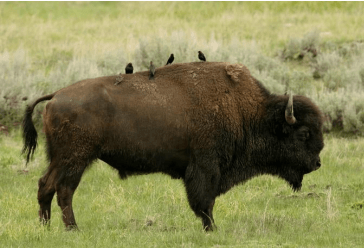
What is Buffalo, birds, grass?
This is the net force and direction of movement of the airplane when the forces are applied.
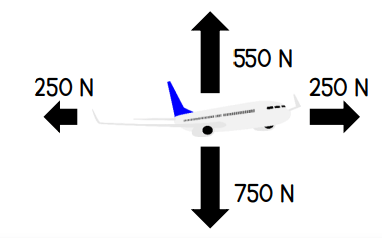
What is 200 N down?
This is the 4 forms of evidence that Alfred Wegener used to support his theory of continental drift.
What is fossil evidence, puzzle pieces, climate evidence, and matching landforms?
This subatomic particle has a mass of 1 amu, a positive charge, and is located inside the nucleus.
What is Proton?
Identify 3 abiotic factors that organisms compete for in order to survive.
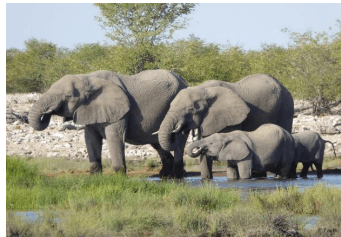
What is water, quantity of light, quality of soil, range of temperatures?
This is the Newton’s Law of Motion that is described below.
The FORCE of an object is equal to its MASS multiplied by its ACCELERATION.
What is the 2nd Law of Motion?
This is what you get when the Earth to rotates on its axis and it's effect.
What is 24 hours and day and night?
This is the name given to the horizontal rows of elements on the Periodic Table.
What are Periods or Rows?
Humans create artificial reefs by sinking old ships, train cars, and other non-toxic structures. This is the type of impact that artificial reefs have on ocean systems.
What is Positive impact - artificial reefs help to support large fish populations and new food webs; artificial reefs support life much like naturally occurring coral reefs?
The following is an example of speed, velocity, or acceleration.
A cheetah running 70 miles per hour.
What is Speed?
This is how long does it take the Earth to make one complete revolution around the Sun.
What is a year or 365 days.
Using a the periodic table, identify two other elements that would have similar properties to Copper (Cu).
What is Silver, Gold, or Roentgenium?
This term describes the intentional breeding of two individuals to produce offspring with favorable characteristics.
A. Variation
B. Genetic Diversity
C. Selective Breeding
D. Natural Selection
C. Selective Breeding
Calculate the average speed of a train that traveled 832 miles in 16 hours.
52 miles per hour
This the name Wegener gave to the giant landmass that he believed existed millions of years ago.
What is Pangea?
Identify all of the elements that make up this compound.
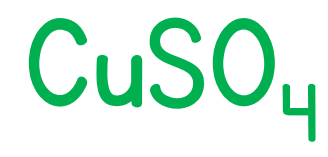
What is Copper, Sulfur, and Oxygen?
There are 5 levels of organization in multicellular organisms. Identify the levels of organization in order from smallest to largest.
Cell, Tissue, Organ, Organ System, Organism
Calculate the average speed of a sprinter who ran 400 meters in 50 seconds.
What is 8 meters per second?
This is the process scientists believe is the driving force of plate movement.
What is convection currents?
This is the number of atoms of sulfur that are represented in the chemical formula below.
What is 9 atoms of sulfur?
Describe the 3 parts of cell theory in your own words.
What is 1) The cell is the basic unit of structure and function in all living things. 2) All living things are made up of one or more cells. 3) Only living cells can produce new living cells.
This term describes the rate of change of velocity which includes speeding up, slowing down, or changing direction.
What is Acceleration?
This is how long will it take to go from Position 1 to Position 2 in the diagram below.
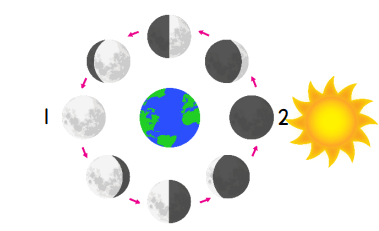
What is 2 weeks
This is category of elements is located on the “zig-zag” line or “staircase” on the Periodic Table.
Metalloids – Boron, Silicon, Germanium
Identify whether the characteristics listed below describe sexual or asexual reproduction.
•More genetically diverse offspring
• More adaptability
• Greater variation
• Requires a large amount of energy to nourish offspring before and after birth
What is Sexual Reproduction?
Inertia is an object’s tendency to resist a change in motion. Briefly explain the benefit of wearing a seatbelt and how it relates to Newton’s 1st Law of Motion.
Seatbelts are designed to stop your body from moving when the car suddenly stops.
Identify the type of plate boundary represented in each diagram below.

What is
A. Divergent B. Transform C. Convergent/Subduction
The arrows in the food web below represent this.
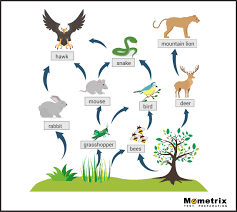
What is the direction of the flow of energy from one organisms to another?
This term describes a trait that an organism is born with that is obtained from parents or other ancestors.
What is an Inherited Trait?